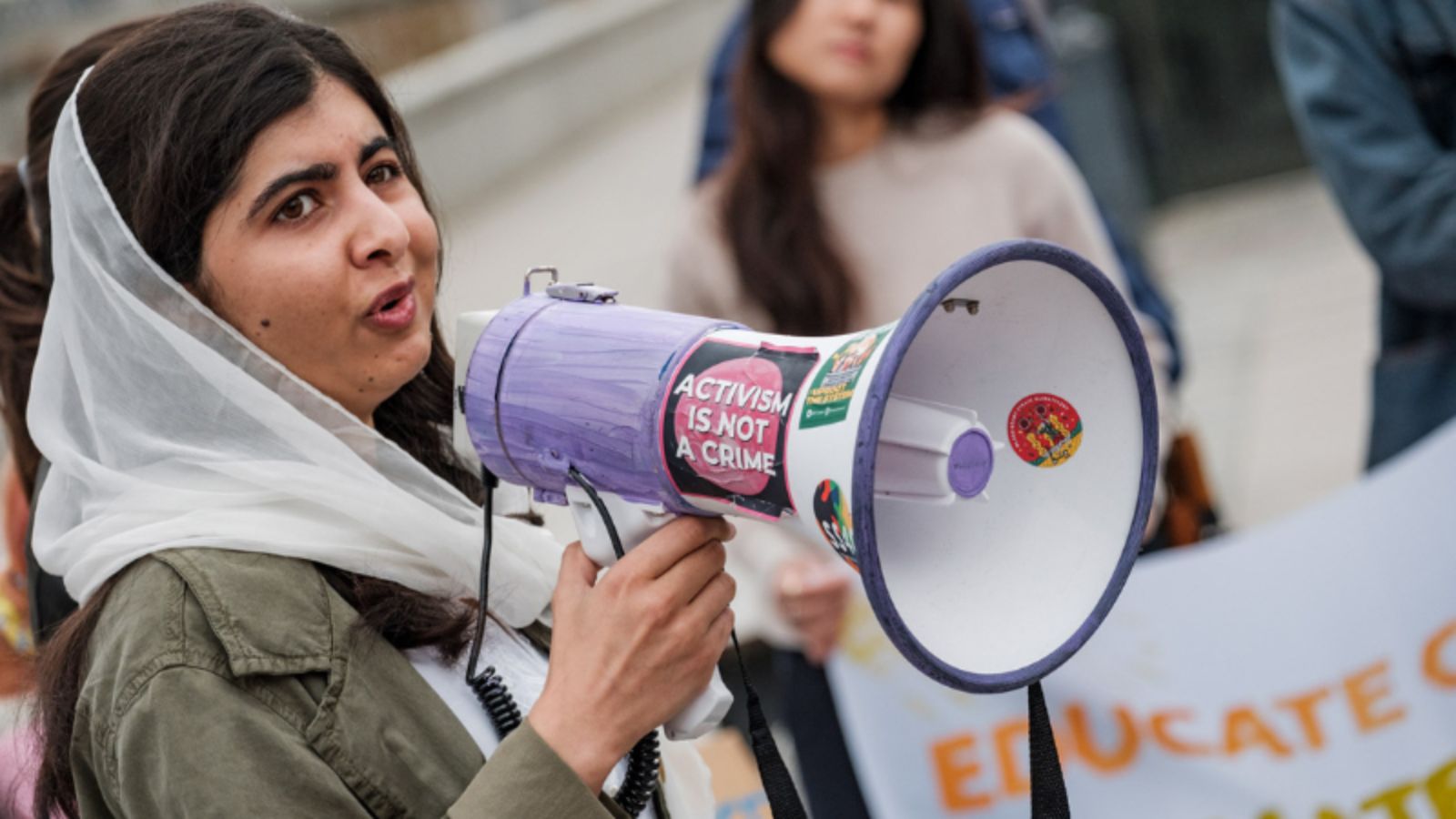
Using data to push a movement forward
The Malala Fund partnered with Threespot to publish the Girls’ Education Report Card.
Take a moment and think of something you know to be true. A fact. Are you sure? How do you know it’s a fact? Would a quick Google search validate your claim? What if someone tells you you are wrong? What if many people tell you you’re wrong? How would you go about convincing them? What if people told you they didn’t care about your fact? How would you get them to care? Why should they?
Activists spend a lot of time navigating the challenge of persuasion. It’s the centerpiece of bringing political and social change. But they are speaking to an audience that is inundated with an unyielding onslaught of social issues. They are desensitized. So, activists must present clear, accurate, and impactful messages to cut through the noise and get their attention.
Data has become increasingly important for activists and their organizations to be seen as credible as they trudge through the noise of misinformation and competing causes to carve space for their issues. “Data activism” uses data to bring attention to social and political issues and data activists seek to empower people with information that compels them to act.
For example, globally, girls’ education is in a state of emergency. This is a fact. Malala Fund works relentlessly to collect and compile data from countries around the world to benchmark progress toward Sustainable Development Goal (SDG) 4: Achieve quality education for all by 2030. As it stands today, millions of girls are shut out of classrooms, dropping out early or left behind in learning. These top-line details were quickly pulled directly from the Malala Fund’s Girls’ Education Report Card. Malala Fund persistently advocates for girls’ education and recently partnered with Threespot to share this data online. The report allows anyone to track global education progress, empowering advocates and individuals alike to hold their country governments accountable. So, how did they do it?
Put the most important message front and center
Malala Fund’s report card is an aggregate of data from UNESCO, WHO, The UN, and many other verified sources. This collection of data could be absolutely overwhelming, but our teams centered the site around the scores to keep the focus on how each country is tracking toward SDG 4. Before you get to these scores, the Malala Fund highlights and leads with specific statistics to validate the key takeaway: Girls’ education is in a state of emergency. This approach is effective because advocates can clearly and easily understand the main issue with supporting data points before delving deeper to view their country’s progress. Malala Fund mines data to bring important points to the surface.
Make the experience easy to use
Because of the content-rich experience, we had the difficult task of organizing data into an easily navigable format. It needed to be simple to search by low- and middle-income country score or donor country score. This played out in a lot of different ways, including:
- Color-coding to categorize score ranges and table filters to allow for comparisons across countries within regions.
- A country search and a map with links to individual country pages with additional indicator data details.
- Each individual country page leads with their scores and follows with the scoring details based on available indicators.
- And if a user needs clarity on a specific data point, there are tooltips throughout the site with additional details.
All of these features and more work together to present data in a clear, digestible format.
Telling shared stories ignites action
Malala Fund has Malala Yousafzai behind it, but that’s kind of the point. She’s renowned and credible. The world saw what happened to her in real time, and since then, Malala herself has remained a persistent advocate who travels around the globe to tell her story and stress the importance of girls’ education. As she says, her story is not unique, and through data, the Malala Fund is able to emphasize this commonality and provide transparency to stir outrage and encourage action. The report card site provides direct calls to action to clear recommendations for how countries should improve opportunities for girls and how individuals can join the movement. They use data to inspire immediate action.
Malala Fund uses data to power their movement. The data they present through their report card site is crucial to escalating the dire situation of girls’ education. This data urges people to act.
Think about your fact again. How would you use data to substantiate your fact and persuade people of its importance?



